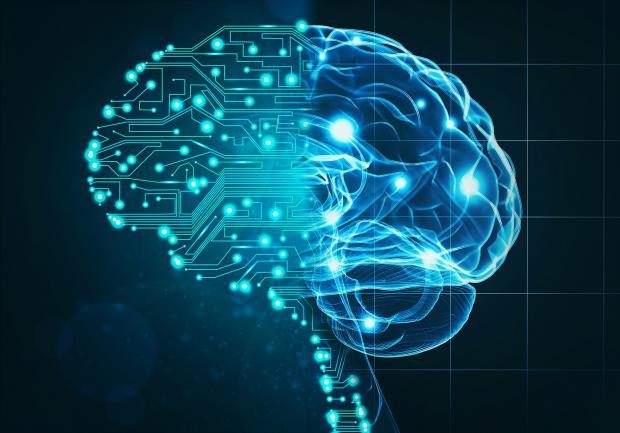
Breaking News
 Harbor Freight Coverpro 12x20 made into a Metal Building part 2
Harbor Freight Coverpro 12x20 made into a Metal Building part 2
 Brian Cole BUSTED, Halle Berry NUKES Newsom + Candace REJECTS TPUSA Challenge...
Brian Cole BUSTED, Halle Berry NUKES Newsom + Candace REJECTS TPUSA Challenge...
 I spent my Thanksgiving in the emergency rom... Medical emergencies can pop up at any time.
I spent my Thanksgiving in the emergency rom... Medical emergencies can pop up at any time.
 The "Golden Age" of Job Layoffs?
The "Golden Age" of Job Layoffs?
Top Tech News
 Build a Greenhouse HEATER that Lasts 10-15 DAYS!
Build a Greenhouse HEATER that Lasts 10-15 DAYS!
 Look at the genius idea he came up with using this tank that nobody wanted
Look at the genius idea he came up with using this tank that nobody wanted
 Latest Comet 3I Atlas Anomolies Like the Impossible 600,000 Mile Long Sunward Tail
Latest Comet 3I Atlas Anomolies Like the Impossible 600,000 Mile Long Sunward Tail
 Tesla Just Opened Its Biggest Supercharger Station Ever--And It's Powered By Solar And Batteries
Tesla Just Opened Its Biggest Supercharger Station Ever--And It's Powered By Solar And Batteries
 Your body already knows how to regrow limbs. We just haven't figured out how to turn it on yet.
Your body already knows how to regrow limbs. We just haven't figured out how to turn it on yet.
 We've wiretapped the gut-brain hotline to decode signals driving disease
We've wiretapped the gut-brain hotline to decode signals driving disease
 3D-printable concrete alternative hardens in three days, not four weeks
3D-printable concrete alternative hardens in three days, not four weeks
 Could satellite-beaming planes and airships make SpaceX's Starlink obsolete?
Could satellite-beaming planes and airships make SpaceX's Starlink obsolete?
58.8 Times Faster AI Training With New Chip Architecture

Scientists at DGIST in Korea, and UC Irvine and UC San Diego in the US, have developed a computer architecture that processes unsupervised machine learning algorithms faster, while consuming significantly less energy than state-of-the-art graphics processing units. The key is processing data where it is stored in computer memory and in an all-digital format. The researchers presented the new architecture, called DUAL.
Scientists have been looking into processing in-memory (PIM) approaches. But most PIM architectures are analog-based and require analog-to-digital and digital-to-analog converters, which take up a huge amount of the computer chip power and area. They also work better with supervised machine learning, which includes labeled datasets to help train the algorithm.
To overcome these issues, Kim and his colleagues developed DUAL, which stands for digital-based unsupervised learning acceleration. DUAL enables computations on digital data stored inside a computer memory. It works by mapping all the data points into high-dimensional space; imagine data points stored in many locations within the human brain.
The scientists found DUAL efficiently speeds up many different clustering algorithms, using a wide range of large-scale datasets, and significantly improves energy efficiency compared to a state-of-the-art graphics processing unit. The researchers believe this is the first digital-based PIM architecture that can accelerate unsupervised machine learning.
It is not clear if there are improvements with the DUAL architecture that would improve the CEREBRAS wafer scale chips. The CEREBRAS wafer-scale AI chips have 18 gigabytes of on chip memory. Those would be the ideal way to implement superior processing in memory.

 First totally synthetic human brain model has been realized
First totally synthetic human brain model has been realized Mach-23 potato gun to shoot satellites into space
Mach-23 potato gun to shoot satellites into space

